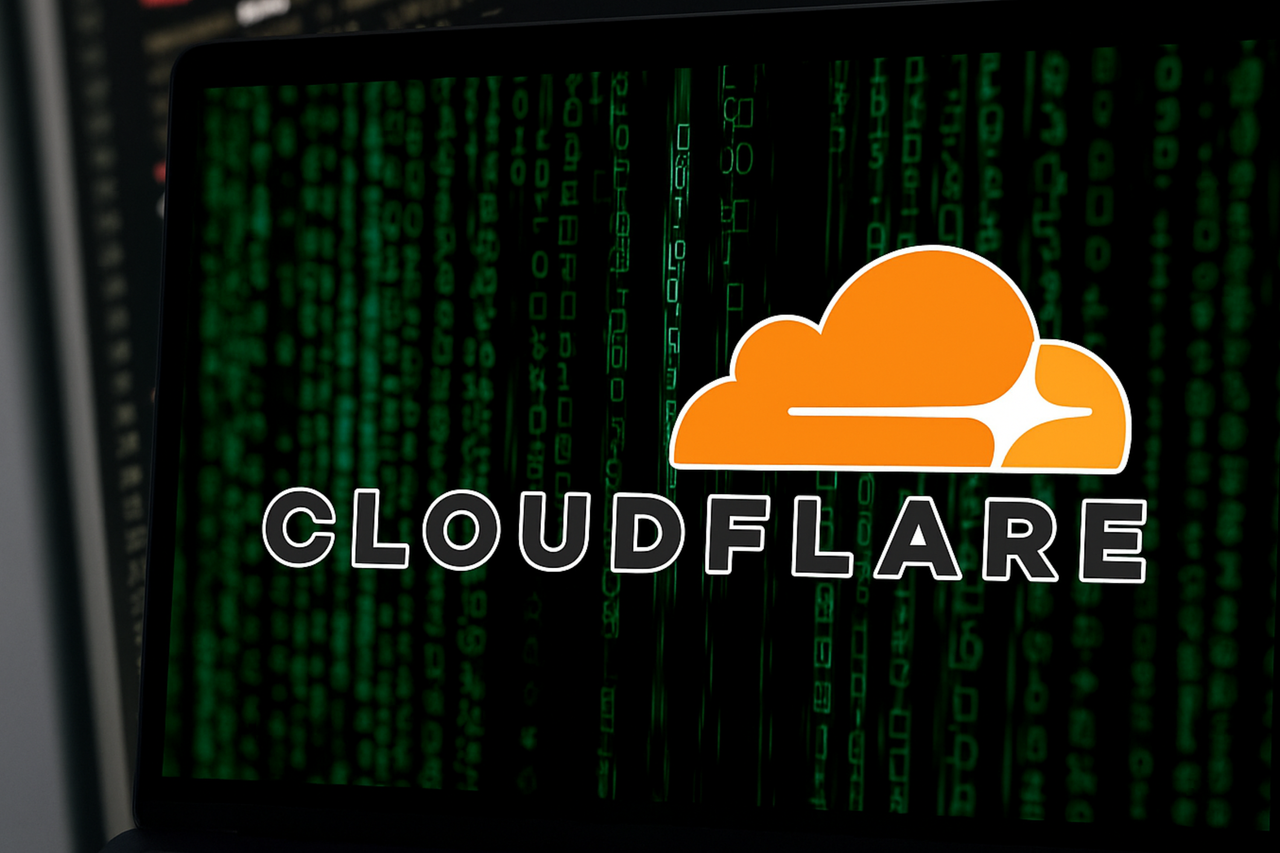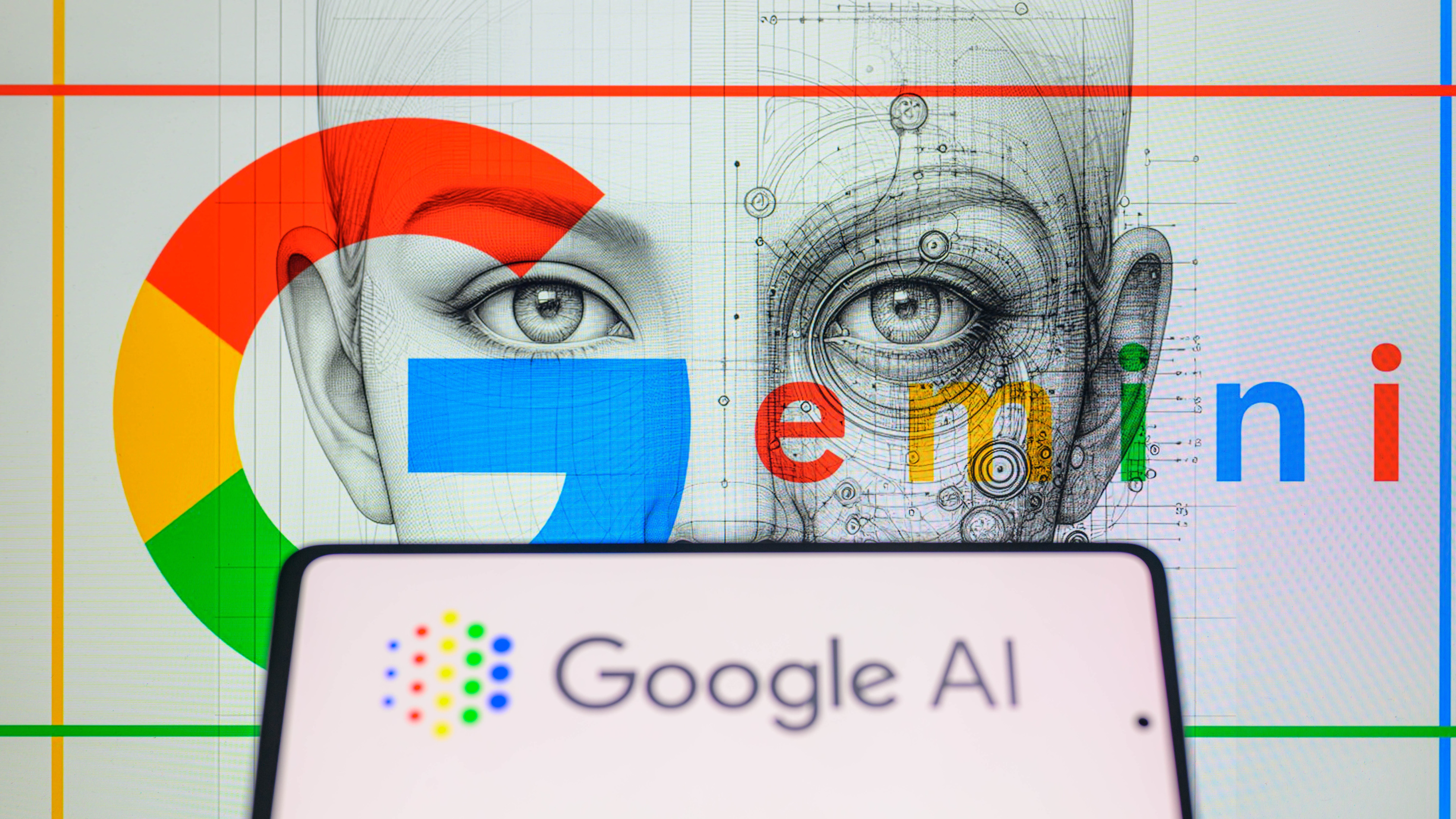
Every website has a file called robots.txt. It’s a simple text file that gives instructions to search engines and web crawlers, telling them which parts of the site they can access and which parts are off-limits – think of it as a virtual ‘do not enter’ sign. This system worked effectively when the internet was first developing.
For a long time, search engines such as Google and Bing worked well, and website owners were generally satisfied. However, artificial intelligence is now disrupting this system. AI bots don’t simply visit and organize websites like traditional search engines; they actually copy content to improve chatbots or create direct answers to questions.
A lot of AI companies either disregard website rules that control access (robots.txt) or try to hide their bots to get around those rules. Cloudflare, which helps protect roughly 20% of all websites, has a broad view of how these AI bots operate. Because of this, they’ve launched a new Content Signals Policy. This policy lets website owners clearly indicate whether or not AI developers are allowed to use their content to train AI models.
What Cloudflare’s content signals policy actually does
According to Digiday, this new policy goes beyond the standard robots.txt file. While robots.txt simply tells bots which pages they *can* access, this new system allows publishers to also control *how* that content is used once it’s been accessed.
There are three new “signals” to choose from:
- search – allows content to be used for building a search index and showing links or snippets in results.
- ai-input – covers using content directly in AI answers, such as when a chatbot pulls from a page to generate a response.
- ai-train – controls whether content can be used to train or fine-tune AI models.
These signals are basic on/off choices. For instance, a website might permit search engines to show its content but prevent AI programs from using it for learning.
Cloudflare has already implemented this for over 3.8 million websites. By default, search functionality is enabled, use of the site’s data for AI training is blocked, and how the site handles AI input is set to a neutral position until the website owner makes a choice.
Why enforcement still matters — and Google’s role

Although this update is helpful, some malicious bots may still bypass it. Therefore, website owners should add extra security measures, like web application firewalls, to inspect and control internet traffic to and from their sites.
Effectively managing bots is crucial. It involves using artificial intelligence to identify and stop harmful automated activity, ensuring legitimate users aren’t affected.
Even if some AI programs don’t follow these guidelines, the policy still helps publishers legally. Cloudflare treats content signals as a way of protecting publishers’ rights, which could be valuable if they ever need to take legal action against AI companies.
If AI companies choose to honor website requests to limit data collection, it could become a new norm for how the internet works. Otherwise, we’ll probably see more websites blocking AI tools and pursuing legal options – which many content creators concerned about AI usage will likely appreciate.
A major concern for publishers is how Google’s web crawlers work. Google combines the crawler used for regular search results with the one used for its AI Overviews. This means if a publisher doesn’t want their content used in AI features, they also risk being excluded from standard Google search results.
This puts publishers in a difficult position. They’re forced to choose between letting Google use their content to train its AI, or potentially losing out on important website traffic. Smaller publications are especially vulnerable, as they rely heavily on Google search to connect with readers.
The future of AI scraping and monetization
It’s encouraging that Cloudflare is working to shield websites from the surge of AI bots that are collecting data from across the internet. Even tools like ChatGPT seem to learn from any publicly accessible information. For example, its new video generator, Sora 2, can convincingly reproduce scenes from the video game *Cyberpunk 2077*, and it’s unlikely the game’s creators authorized the use of their content.
The same applies to videos with characters like Mario and Pikachu. Nintendo probably won’t overlook those uses, but based on their past actions, they’re more likely to focus on smaller fan-made projects rather than large AI companies.
Cloudflare is experimenting with a new system where website owners can charge AI bots a fee each time they visit their site. If a bot doesn’t provide payment information, it will receive an error message and be blocked from accessing the site.

Stay up-to-date with the latest from Windows Central by following us on Google News! You’ll get all our news, insights, and features right in your feed.
Read More
- The Most Jaw-Dropping Pop Culture Moments of 2025 Revealed
- Ashes of Creation Rogue Guide for Beginners
- ARC Raiders – All NEW Quest Locations & How to Complete Them in Cold Snap
- Best Controller Settings for ARC Raiders
- Where Winds Meet: How To Defeat Shadow Puppeteer (Boss Guide)
- Ashes of Creation Mage Guide for Beginners
- Where Winds Meet: Best Weapon Combinations
- Hazbin Hotel season 3 release date speculation and latest news
- My Hero Academia Reveals Aftermath Of Final Battle & Deku’s New Look
- Bitcoin’s Wild Ride: Yen’s Surprise Twist 🌪️💰
2025-10-03 14:41